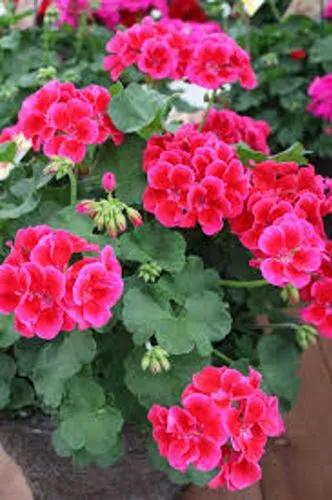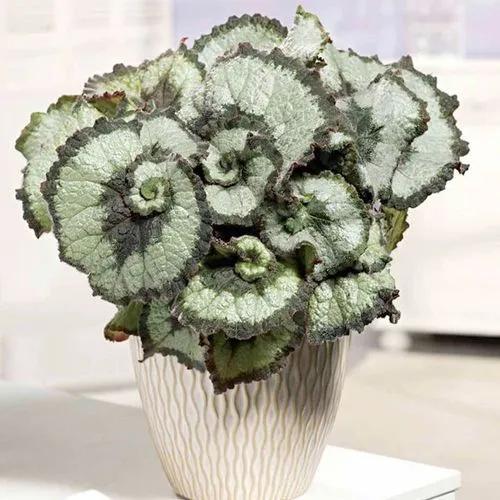is an evergreen climbing plant, growing to 20–30 m (66–98 ft) high where suitable surfaces (trees, cliffs, walls) are available, and also growing as groundcover where no vertical surfaces occur. It climbs by means of aerial rootlets with matted pads which cling strongly to the substrate. The ability to climb on surfaces varies with the plants variety and other factors: Hedera helix prefers non-reflective, darker and rough surfaces with near-neutral pH. It generally thrives in a wide range of soil pH with 6.5 being ideal, prefers moist, shady locations and avoids exposure to direct sunlight, the latter promoting drying out in winter. The leaves are alternate, 50–100 mm (2–4 in) long, with a 15–20 mm (0.6–0.8 in) petiole; they are of two types, with palmately five-lobed juvenile leaves on creeping and climbing stems, and unlobed cordate adult leaves on fertile flowering stems exposed to full sun, usually high in the crowns of trees or the top of rock faces. The flowers are produced from late summer until late autumn, individually small, in 3-to-5 cm-diameter (1.2-to-2.0 in) umbels, greenish-yellow, and very rich in nectar, an important late autumn food source for bees and other insects.
Curly Ivy Care
Hedera Helix 'curly Locks'
Other names: English Ivy Curly Locks



How to Care for the Plant

Water

When watering your ivy, always check the soil before adding water. Ivies prefer to be kept slightly on the dry side, so let the soil dry out some (dry to the touch on top) before you water your ivy plant again. Also, make sure that your plant has excellent drainage, as ivy does not like to be in standing water or overly wet soil.

Pruning

Outdoor ivy can sometimes become leggy with thinner foliage production. Pruning the ivy can encourage denser growth when this happens. Prune those runners with pruning shears by a quarter of their length to improve growth. You might also need to prune ivy to remove vines from siding, fences or other areas where you don't want the growth. Ivy is typically a vigorous grower if left unpruned, so keeping it under control is important.

Fertilizer

Caring for ivy plants should also include regular fertilizing. Fertilize your ivy about once a month in the spring, summer and fall with a water soluble, nitrogen-rich fertilizer. Do not fertilize in the winter, as this is the ivy’s dormant period and the fertilizer may do more harm than good at this time.

Sunlight

The most important part of indoor ivy plant care is light. All true ivies need bright light. Variegated cultivars can take medium light, but be aware that their variegation will become less pronounced in less light. Without enough light, inside ivy plants will become leggy and sickly looking.

Soil

For indoor ivy plants, choose a houseplant potting soil to supply nutrient-rich soil that drains well. Choose a container with drainage holes to keep the soil from holding too much water.

Popularity

69 people already have this plant 9 people have added this plant to their wishlists
Discover more plants with the list below
Popular articles






